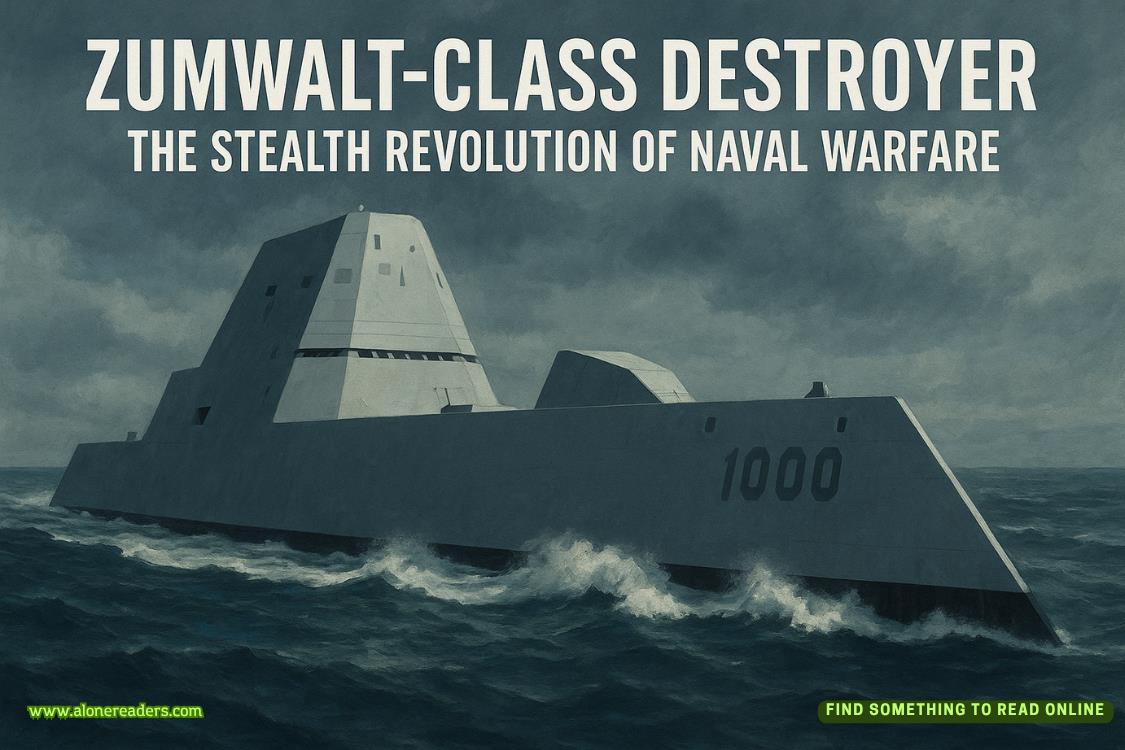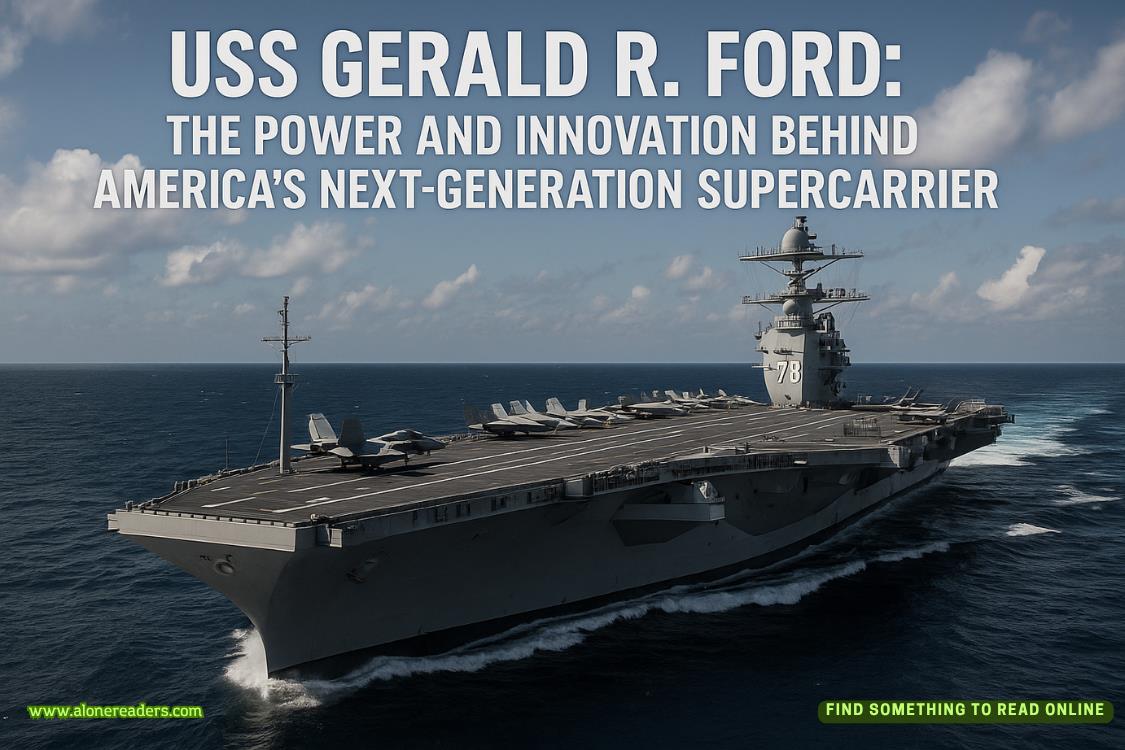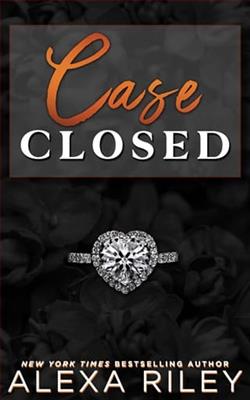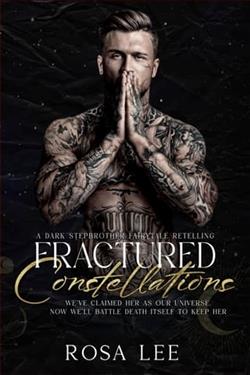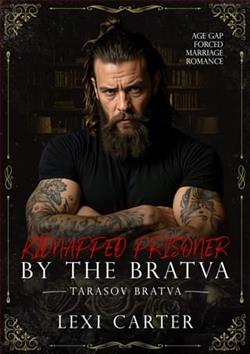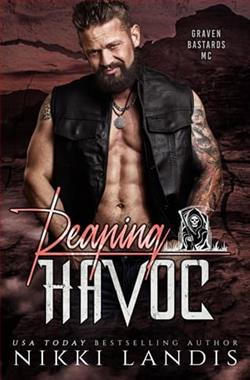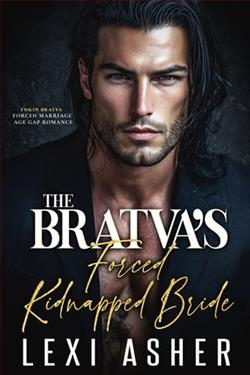Page 8 of Murder in Portofino
On our way back to the harbour, we stopped to buy ourselves a couple of cheesy focaccia sandwiches, which we ate perched on a stone bench in the shade, under the reproachful gaze of my dog, who clearly felt left out. As we consumed our snack, my eyes were drawn to three large motor yachts moored stern-on and I noticed that two of the three were flying the same Red Ensign with what looked like a green shield on it. After finishing our sandwiches, I led Anna over to get a closer look.
Standing by one of the yachts was a little group of uniformed officers. As we got closer, I could see that this consisted principally of an older officer dressed in an immaculate, white uniform, hung with gold braid. Along with him were a couple of younger officers, one male and one female, whose more practical white polo shirts had the words GUARDIA COSTIERA written on their backs. Evidently, these were members of the Coastguard.
I remembered my friend Virgilio back in Florence explaining to me that the Coastguard in Italy not only carries out the same functions as the equivalent force in the UK, ensuring maritime safety, but they are also a part of the Italian police force with an enforcement role as well. In effect, they are to the Italian coast and territorial waters what the Polizia or Carabinieri are on shore and they have the power to caution, arrest and investigate crimes committed on the water. He had once tried to explain the different roles of all the multiple Italian law enforcement agencies but by the time he had reached eight different entities, my eyes had glazed over. It has always struck me as a cumbersome system but it seems to work, although I do wonder just how well the competing forces manage to cooperate and collaborate.
This little group of officers had obviously just been speaking to one of the crew members from one of the big yachts and as the conversation ended and he turned away, I caught his eye, keen to satisfy my curiosity.
He had a badge on his left breast indicating that his name was Vincent, so I addressed him in English and it was clear that he understood. ‘I wonder if you could just satisfy my curiosity for me. What flag is that?’ I pointed at the Red Ensign with the green shield.
‘BVI, the British Virgin Islands.’ His accent sounded Australian to me.
‘So does that mean you’ve sailed all the way over from the Caribbean?’
He shook his head. ‘This boat’s never been further than the Straits of Gibraltar but you’ll find a lot of yachts are registered in BVI.’ He gave me a little wink. ‘For tax purposes.’
I thanked him, and Anna and I carried on with our leisurely stroll. Above us, the castle beckoned, but the narrow lane leading up towards it was so crowded, the people on it were almost stationary in places, and we decided to give it a miss for now. When we reached the end of the harbour directly beneath the castle, I was pleased to see half a dozen old-fashioned wooden fishing boats moored up and nets hanging in the sun to dry. Clearly, Portofino hadn’t completely forgotten its roots. As the place was so crowded, we decided to find a café where we could sit and have a cool drink and Oscar could slurp up a bowl of water before we caught the ferry back to Rapallo. We would then return on the first boat next morning when hopefully, there wouldn’t be so many people milling about.
By the time we made our return journey, the superyacht we had seen approaching had already dropped anchor just outside the breakwater at Rapallo and our route took us close enough to the stern of the three-decked luxury vessel to read the name: Regal Princess. I was just wondering whether it might belong to a member of one of the world’s remaining royal families when I recognised one of the people on board and she wasn’t royalty – TV royalty maybe, not real royalty. It was none other than Susie Upton, her flowing blonde hair partly hidden underneath a straw hat the size of a sombrero as she sat by the pool and read a book. I glanced across at Anna.
‘Guess who? I presume the noisy group from the restaurant last night are staying on board that yacht.’ The thought that leapt unbidden into my mind was whether the two men I had overheard in Lucca might now be aboard the Regal Princess, and whether the object of their wrath was still alive. Wisely, I didn’t mention this to Anna. We were on holiday, after all.
Anna nodded. ‘I presume they were moored up somewhere nearer to Lucca and they’ve cruised up the coast today. A rather nice way to spend a holiday, don’t you think?’
‘But you need a whole heap of money to rent one of those.’
‘Or to own one…’
5
SUNDAY MORNING
After an excellent meal in Rapallo on Saturday night, we were up early to catch the nine o’clock ferry back to Portofino. It was another gorgeous day and even at this time, the temperature was already well into the twenties. This early on a Sunday morning, the ferry was only about half full and I hoped this would bode well for Portofino itself being a lot less claustrophobic than the previous day. When we left the harbour, I saw that the luxury yacht on which I had spied Susie Upton and her friends was no longer anchored just beyond the breakwater and I wondered where they had gone.
I didn’t have to wait long to find out. As we approached Portofino, we passed close alongside the yacht, close enough to read the name on the stern. The vessel was now moored barely a couple of hundred metres from the entrance to the bay and I wondered if they had spent the night in Rapallo or had sailed over here yesterday evening. There was nobody visible on deck and I presumed they were still sleeping off the excesses of the previous night – assuming they had been indulging in food and drink to the same extent as they had done in Lucca.
My hopes were well founded and we were delighted to find that Portofino was far less crowded at this time of the morning. In consequence, we were able to walk up the path to the castle without hindrance. Close up, the castle was even more impressive with its massive defensive walls many metres thick, built of block after block of hard, grey stone. The upper part of the building had been transformed into living accommodation, but it still retained its unmistakable defensive feel and I could well imagine it being an impressive fortress in its day. The castle itself bore the very un-Italian name of Castello Brown. When we paid our five-euro entrance fee, we were handed a sheet that explained that the castle in its dominating position above the little harbour had originally been called Castello San Giorgio. It had fallen into disrepair in the seventeenth century but in the nineteenth century had been purchased by a gentleman with the impressive name of Montague Yeats-Brown, the local British Consul. He had restored it and transformed it back into residential accommodation. It had subsequently been sold on again, but now it was the property of the town authorities.
Photos on the walls revealed the numerous famous faces who had visited here over the years, including Winston Churchill, Walt Disney and famous actors like Humphrey Bogart and Lauren Bacall, and it was easy to see why they had chosen to come here. The views from the windows and terraces over the bay with its flotilla of yachts and lovely cream and pink buildings were delightful, although the steep drops on all sides didn’t do a lot my for my fear of heights. The wooded slopes of the unspoilt hills surrounding Portofino added a charming backdrop to the scene and, vertigo or no vertigo, it was a beautiful and historic spot.
Looking down the almost vertical cliff from the main terrace to the sea far below, the water was so clear, it was possible to see right to the bottom, and I was sure if I had brought my binoculars I would have been able to spot fish swimming about. As it was, I could see an orange, rigid, inflatable boat belonging to the Coastguard and several divers in the water, presumably carrying out a drill in a little rocky inlet towards the end of the peninsula. It was a charming place and it more than justified our decision to get up early to avoid the crowds.
We had already decided not to linger too long as we felt sure that on a Sunday, the town would fill up very quickly, so after a walk for Oscar and a couple of very good – if pricey – ice creams, we took the ferry back to Rapallo around mid-morning. As we chugged past the Regal Princess, I could see half a dozen people sitting around a table on the top deck under an awning. I recognised a couple of the faces from Lucca, although there was no sign of Susie Upton’s comedic companion, Martin Grey, or the big man with the eyepatch. Maybe they were still snoozing.
Back at Rapallo, after a stroll along the promenade, Anna and I walked up to the cable-car station for an even more panoramic view of the area. Remarkably, we were the only two passengers on the cable car – presumably on a hot day like this, everybody else was heading for the beach – and the conductor turned out to be very chatty. Not having much of a head for heights, I was happy to talk to take my mind off the fact that we were now hanging a hundred feet above the hillside. When I told him that I was a private investigator, his face lit up.
‘Are you investigating the death of the contessa?’
‘What contessa?’
‘Back in 2001, the Contessa Francesca Vacca Agusta – from the Agusta helicopter company – fell down the cliff from her villa and it was three weeks later before her body was found, having been washed all the way across to France by the currents.’
I glanced at Anna and could see that this wasn’t news to her but it certainly was to me. ‘How very unfortunate. But why do you think a private investigator might be interested?’
‘There were all kinds of conspiracy theories at the time. Her husband had been one of Italy’s foremost industrialists. He died a few years before her, after which she took up with some unsavoury and unsuitable men and there were all kinds of family disputes about her husband’s will.’
‘I see. So people thought she might have been murdered?’
He shrugged. ‘People thought all kinds of things. You know what it’s like when a celebrity dies in suspicious circumstances.’




